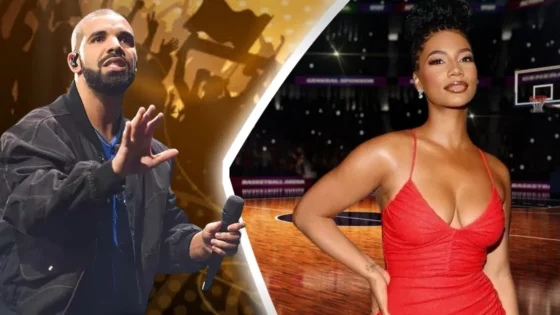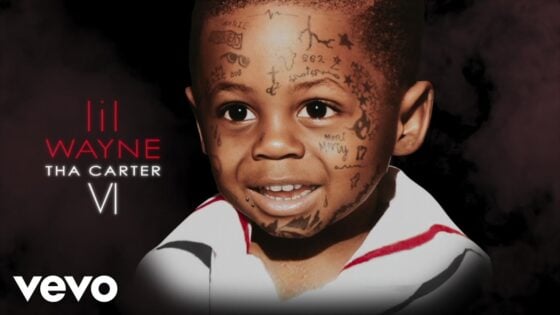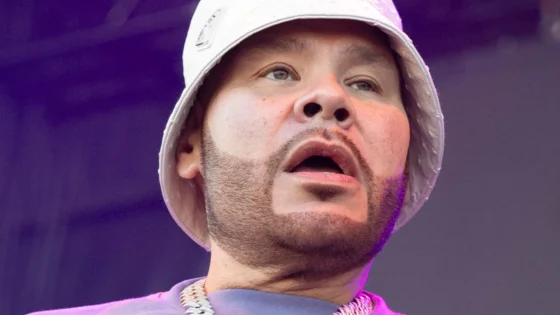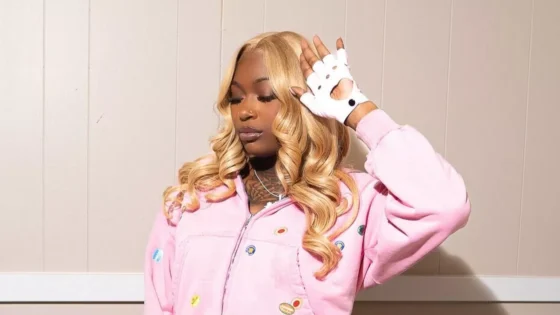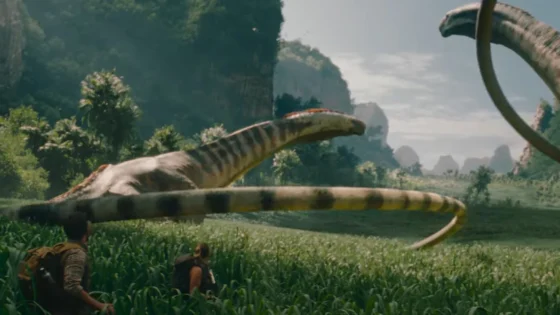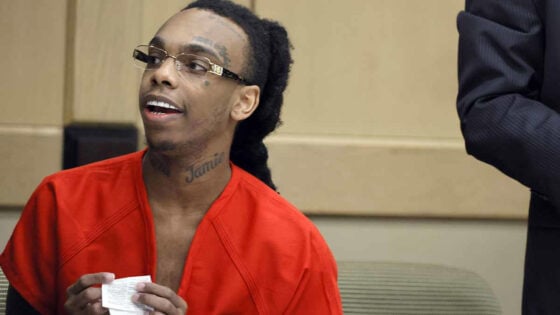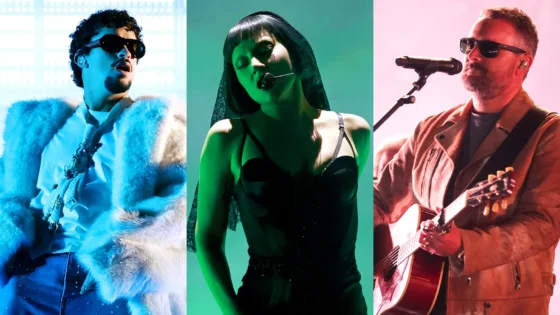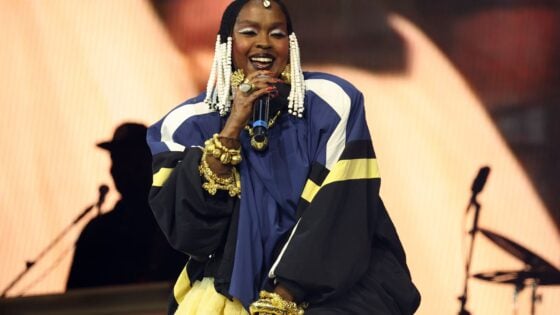Film
Greatest Scenes From Quentin Tarantino Movies
“Oooh, that’s a bingo! Is that the way you say it? “That’s a bingo?”
Quentin Tarantino Spotlight
Tarantino’s Best Scenes Part 2
Love him or hate him, the American film director, screenwriter, producer, and actor has created some of the most iconic and memorable movie moments since he burst into the scene in 1992 with the Sundance hit Reservoir Dogs. With his recent release, Once Upon A Time in Hollywood, we have decided to put together a list of his greatest moments as both a screenwriter and director. This is the second part of the list. Click here for part one.
****
Kill Bill Vol. 1: Bitch, We Gonna have Ourselves a Knife Fight
Tarantino’s highly stylized revenge flick gets off to a kick-ass start with Uma Thurman’s Bride busting into the Pasadena home of Vernita Green to initiate a prolonged and bloody knife-fight-to-the-death. The duel is broken up by the arrival of Green’s daughter but not before the two women trash the entire living room.
Kill Bill Vol. 1: Twisted Nerve
Watching Kill Bill is like mainlining Tarantino’s favourite cinematic moments but reshaped by his demented mind and adolescent enthusiasm as Tarantino layers bits from ever spaghetti western, chopsocky, yakuza and blaxploitation film he’s ever seen. He also takes inspiration from Brian DePalma and in one sequence he splits the screen in two while Daryl Hannah walks down the hospital corridors whistling the theme to Twisted Nerve. As Black Mamba closes in for the kill, Bernard Herrmann’s score plays in the background sending shivers down your spine.
Kill Bill Vol. 1: Hattori Hanzo
The first stop on the Bride’s trip to Japan is Okinawa at the modest sushi bar of Hattori Hanzo (played by’70s martial arts superstar Sonny Chiba). After some upbeat broad comedy that shifts the film’s dialogue primarily to Japanese, Hattori agrees to make a one of a kind samurai sword for the Bride to take with her to Tokyo.
Kill Bill Vol. 1: The Bride vs. The Crazy 88
Anybody who grew up watching Kung Fu movies as I did, usually points to this scene as one of their favorites from the entire film. It has classic movie references, an energetic soundtrack (including a hip ‘60s hit song), beautiful black and white cinematography, and a finale filmed in silhouette. Apart from being a brilliant homage to classic Kung Fu, the extended fight has the unmistakable edge that we’ve come to expect in Tarantino’s work. Its tongue and cheek; it’s over the top; it’s bloody, and it is undeniably Tarantino.
Kill Bill Vol. 1: Gogo
In the pic’s biggest set piece, which reportedly took eight weeks to shoot, The Bride finds herself locked in a fierce battle with a lethal, demonic schoolgirl named Gogo (played by Battle Royale star Chiaki Kuriyama). Gogo’s weapon of choice is a ball and chain with blades, a weapon inspired by Tarantino’s favourite Kung Fu flick Master of the Flying Guillotine. During the sequence, we are treated to music from Kinji Fukasaku’s Battle Without Honor and Humanity as well as the fine fight choreography from the legendary Yeun Woo-ping.
Kill Bill Vol. 2: Bill meets Bud
Kill Bill Vol. 2 was originally intended to be the back half of a single movie, and you can tell where Tarantino has stretched the material to fit the new running time. There’s less action, and a lot more talking, but luckily many of these conversations showoff the rhythm to Tarantino’s dialogue we’ve come to love. Some scenes can easily be cut out while others work as a legitimate effort to build the characters. A prime example of the latter is the scene featuring the meeting between Bud and his brother Bill.
Kill Bill Vol. 2: Bud vs. The Bride
Uma Thurman was great in Kill Bill Vol. 1 as an avenging angel, but she’s even better in Kill Bill Vol.2. Whereas Kill Bill Vol. 1 made her Bride seem unstoppable, Kill Bill Vol. 2 raises the stakes by placing her against a worthy foe Bud , who gets a jump on The Bride before she even has a chance to enter into his home.
Kill Bill Vol. 2: Duel with Pai Mei
In Kill Bill, Tarantino has fun aping the conventions of ’70s Shaw Brothers Kung Fu epics, specifically in the flashbacks to the Bride’s martial arts training, under the ancient master Pai Mei. Gordon Liu, a veteran Chinese actor, has a standout role lampooning the traditional kung Fu master with a flowing white beard and long white eyebrows. Working with the director of photography Robert Richardson, Tarantino is able to recapture the look and feel of those classic martial arts films. The duel between The Bride and Pai Mei is not only wonderfully choreographed but shot with the same colour palette and quick zooms of those earlier films.
Kill Bill Vol. 2: Rising from the Dead
In a chapter entitled “The Lonely Journey of Paula Schultz,” Budd (Michael Madsen), who lives in a mobile trailer in the middle of some desert near Barstow, California, manages to turn the tables on the Bride and subject her to a fate worse than death: He buries her alive. To suggest the claustrophobia of being buried, Tarantino compresses the widescreen frame to the classic 4×3 screen ratio before turning the picture to pitch black altogether. The result conveys the terror of Uma Thurman’s Bride who finds herself locked in a tight wooden casket with only the sounds of dirt being dumped on top of it.
Kill Bill Vol. 2: Black Mamba
After Elle Driver lets loose a black mamba snake on Bud, she reads from her Wikipedia notes, what the snake’s deadly powers are and how the toxin affects the central nervous system while Bud lays helpless on the floor.
Kill Bill Vol. 2: Trailer Home Trash
One of our favourite scenes sees the Bride and Elle settle their differences is a virtuoso celebration of fight choreography and creative mayhem. The sequence which pretty much leaves the trailer park completely demolished in the process is downright dirty, raw and ecstatic.
Death Proof: Stuntman Mike Kills the First Four Girls
Death Proof’s first half is an effortlessly fun and campy send up to drive-in car chase flicks of yesteryear. There isn’t much chase, but we do get some of the best Tarantino dialogue ever and Stuntman Mike’s brutal vehicular homicide of the four girls (set to the boppy, deceptively fun “Hold Tight”) is the moment that the entire first half of the film is leading up to. The sense of dread is there from the beginning and in one explosive, bone-crunching, metal twisting moment, everything comes to a head.
Death Proof: The Car Chase
The car crash that ends the first half is worth the price of admission alone. It’s a breathtaking slice of gory mayhem shown four times from various points of view, and ten times more frightening than anything you’ll see in Robert Rodriguez’s second-half of the Grindhouse double bill, Planet Terror. Tarantino may lack the budget of bigger action films, he does not lack the talent to skillfully direct a car chase and capture the horrifying aftermath of a car wreck. In the end, viewers are treated to a climax that is more shocking, vicious, and hysterically satisfying than what came before. The extended car chase is a bona fide old-school tour de force, a sheer brutal and primal statement on the new power balance of the sexes. Jammed with astonishing stunt work (absent of CGI), the climax will have you gripping to your armrest. Tarantino’s sadistic ode to muscle cars and real-life stunt work here, is sheer genius.
Inglorious Basterds: Once Upon a Time in Nazi-Occupied France
Tarantino opens Basterds with one of his longest single location dialogue exchanges between two characters, Reservoir Dogs notwithstanding. Nazi Colonel Hans Landa (played by the film’s standout, Christoph Waltz), arrives at monsieur LaPadite’s (Denis Menochet) milk farm in the French countryside to double-check the whereabouts of a Jewish family which has gone unaccounted for some time already. Much of the dialogue is for Waltz rather than his opposite, but there is a very specific reason for that: it presents a clear (enough) picture of who Landa is. He is a charmer, a sophisticated speaker with the mind of a brilliant detective and the predatory instincts of a hungry shark, even though he’d have some believe he thinks like a rat. Waltz inhabits the part with devilish amusement, playing a figure always on top of the matter at hand, but who takes sublime pleasure in talking splendidly to make the catch as amusing as possible.
Inglorious Basterds: The Bear Jew’s entrance
“Quiet frankly watching Donny beat Nazi’s to death is the closet we get to going to the movies,” Aldo tells the doomed Nazi. The scene is almost the complete opposite of Landa’s quiet and terrifying introduction, The Bear Jew’s (Eli Roth) intro is loud, over the top, and boisterous, not all that different from the character played by Eli Roth. Everything about Inglorious Basterds is over the top and this scene perfectly captures that attitude.
Lt. Aldo Raine: “Here that? That’s Sgt. Donny Donowitz. But you might know him better by his nickname. The Bear Jew. Now, if you heard of Aldo the Apache, you gotta have heard of the Bear Jew”.
Ingourious Basterds: Operation Kino Goes Down Under
It speaks to how much of an impact Christoph Waltz leaves on the film when realizing it is more difficult to highlight ‘best’ scenes which do not include him than those which do, although this scene is a serious contender, wherein two of the German born Basterds (Til Schweiger and Gedeon Burkhard), along with British spy (Michael Fassbender) and a famous German actress (Diane Kruger) working for the Allies make contact in a basement pub filled with German soldiers and one especially perceptive officer (August Diehl). The presence of the Germans is unfortunate and unexpected, complicating to the umpteenth degree. Every time the group of heroes tries to exchange critical information or leave, a German enemy, unaware that there are spies in the midst, gathers with them to chat and laugh drunkenly. The scene is well written and well-acted, and above all else augments the tension unforgivably until hell is unleashed once one of the protagonists makes a fatal mistake.
Inglourious Basterds: Burning down the house
In one of the final chapters of Inglourious Basterds, “Revenge of the Giant Face”, Tarantino creates his greatest sequence – and one that works on several layers; intensifying his theme that cinema is a force to be reckoned with. In the climax of Basterds, the power of the cinema itself is a force strong enough to bring down the Third Reich; not just in the metaphorical sense, but in the sense that 35 mm film is used as a deadly weapon. Tarantino cuts between images of celluloid being loaded into film canisters to bullets loaded into magazine clips. During the World Premiere of Nations Pride, Tarantino cross-cuts between the endless machine gun fire of the film-within-the-film to shots of celluloid running through the projector. There is a larger than life image of Fredrick Zoller projected on the theatre screen of him pointing his machine gun directly at the audience. Marcel, having locked the cinema’s exits, ignites a pile of extremely flammable nitrate film. Just seconds before it erupts in flame, a spliced-in clip of Shosanna is cut into Nation’s Pride, informing the Third Reich that they are about to be killed by a Jew. In Tarantino’s film, the violence is as unforgiving as that of his characters and the distinction between the heroes and the villains is extremely murky. Although the theme of revenge is carried through to the very end, it could be argued that Basterds works as a study of vengeance and a powerful anti-war commentary.
Inglourios Basterds: Hans Landa: WWII hero for the Allies
This is a beat of a cheat because two scenes shall be praised instead of just one. By the film’s climax, when it seems that the Basterds have failed in their plan to destroy Hitler and the high-ranking members of the National Socialist party, Landa reveals to Aldo Raine (Brad Pitt) his true colours: opportunist. It turns out that he, apparently never really hated the Jews. He is an expert at tracking down wanted people and bringing them to whoever represents justice at a given period in time. His allegiance can change with the wind if need be, and thus he offers to help end the war by killing Hitler in exchange for immunity and many wonderful rewards once he sets foot on American soil. It is quite confusing given that while he may not hold any ethnic prejudice, which is nice, his actions nevertheless brought along the deaths of hundreds. On the flip side, Aldo and his Basterds are far more focused and devoted to a cause, to the point where they cannot let go of their own hatred towards enemies, perfectly demonstrated in the final scene when, after the Nazis are defeated and all is seemingly well, he literally carves his final masterpiece.




